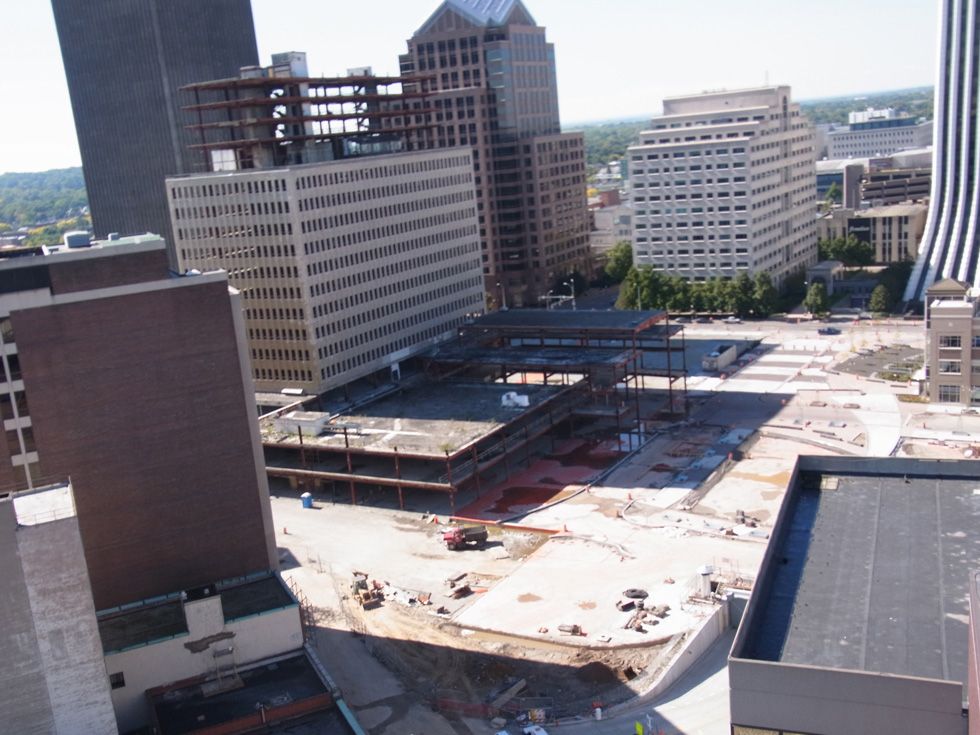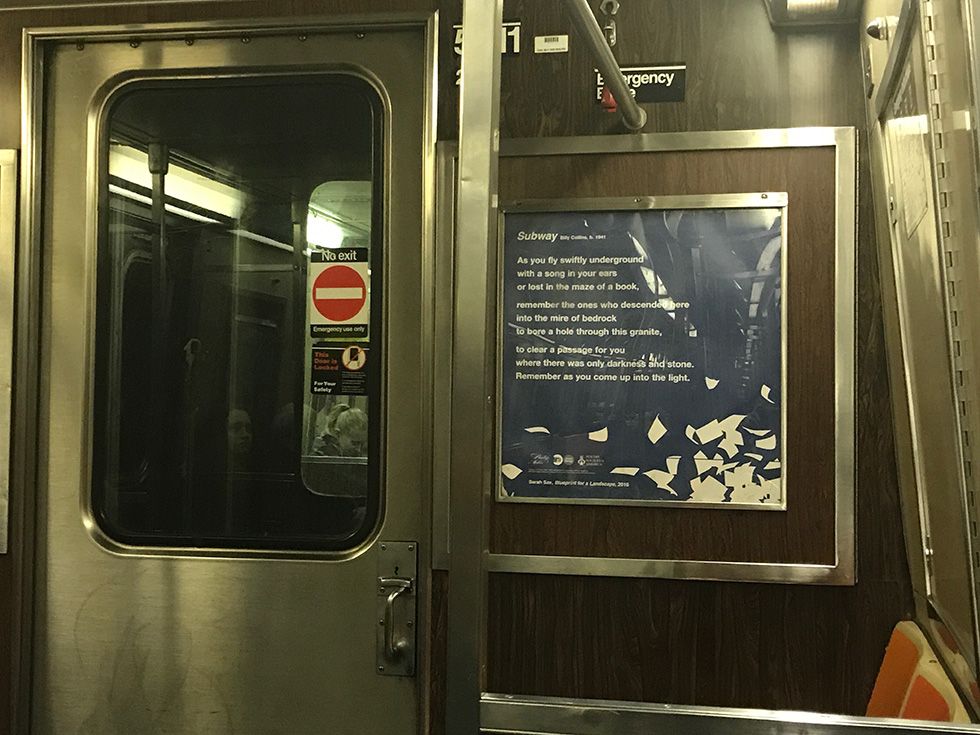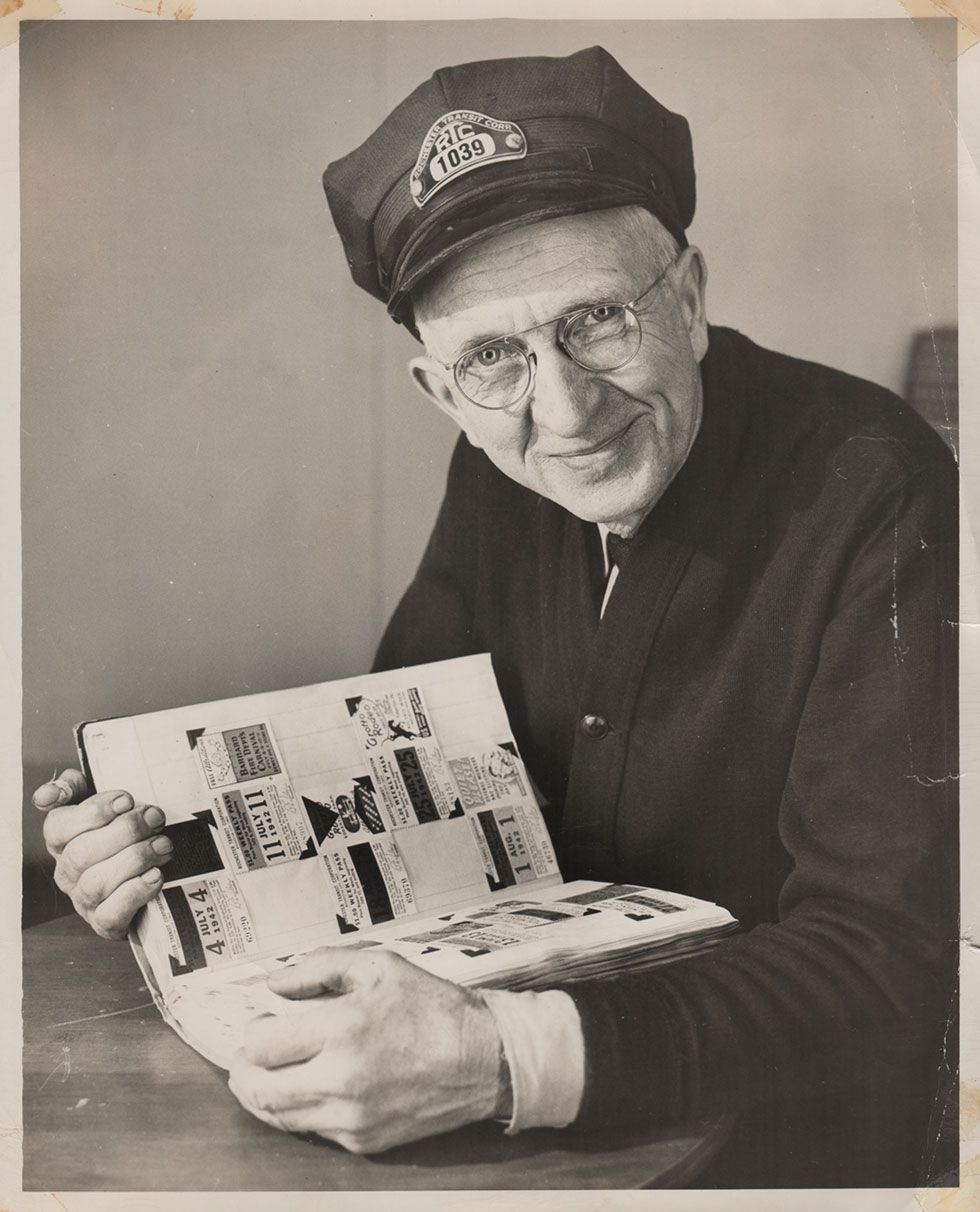This article was scraped from Rochester Subway. This is a blog about Rochester history and urbanism has not been published since 2017. The current owners are now publishing link spam which made me want to preserve this history.. The original article was published October 31, 2013 and can be found here.
![Midtown Tower construction site. [PHOTO: Jimmy Combs]](https://senseofplace.dev/content/images/photos/public-private-investment-midtown-rochester-01.jpg)
The following is a guest post submitted by Martin Edic .
Submit your story today .
Recent commentary

from the Green Party candidate for mayor made me realize that for many, there are simplistic black and white arguments regarding the value of investing in downtown versus investment in education and poverty alleviation.
The Green Party outrage over the sale of Midtown to Buckingham/Morgan developers for $2.00 is one example. I'd like to talk about how the economics work, and why I think there's a bigger picture being overlooked...
Property Taxes
![Midtown Plaza construction site. [PHOTO: Earthcam.com]](https://senseofplace.dev/content/images/photos/public-private-investment-midtown-rochester-02.jpg)
First, tax revenue and setbacks. Developers are given tax abatements as an incentive to take risks on marginal areas and properties. These typically offer buyers zero taxes in their first years in a property and then scale up to full assessment over ten or even twenty years. In the case of condo development like The Sagamore and the Capron Lofts these tax savings are passed to residential buyers as an incentive to move into an underdeveloped area (bear in mind that the Sagamore was the first successful market value condo development downtown and its early buyers were eventually rewarded with high appreciation- even as the tax benefits went away).
In the case of a huge property like Midtown or Sibley's, developers would need to invest very large amounts of money to make them viable. Most of this money is borrowed and tax incentives help them get those loans (there are many much more complex tax considerations involved- I'm staying very basic here). So that kind of investment by the city or county is a long term investment designed to get properties back on the tax rolls in the future.
Direct Investment By Government
![Midtown Tower rendering. [IMAGE: Buckingham Properties / Morgan Management]](https://senseofplace.dev/content/images/photos/public-private-investment-midtown-rochester-03.jpg)
Virtually all downtown projects currently underway have some kind of government funding, usually in the form of loans, forgiveness of back taxes, outright grants and the sale of properties for token sums. However, these incentives are based on guarantees of significantly higher investments by the developers, performance benchmarks and contracts dictating the hiring of local and diverse contractors.
Private Developers
Do The Lion's Share
![Remember Renaissance Square? [IMAGE: Buckingham Properties / Morgan Management]](https://senseofplace.dev/content/images/photos/rochester_renaissance_square_1.jpg)
Over the past ten years we have seen two kinds of economic development projects in the city/county: Private investment and big public projects like Renaissance Square and the dreaded Fast Ferry.
In most cases that I'm aware of, the experienced private developers have completed projects while the politically managed projects have not only failed but failed in very negative and public ways. They actually hurt the economics of the city and its reputation. If you look at the list of projects over the past fifteen years the private sector has the best track record by far.
Our current mayor, an ex-CEO, understands this and it has made a huge difference. Few of the public projects even materialized but today we have an unprecedented wave of projects funded and underway, all private. The exceptions are infrastructure investments including the Inner Loop fill, the Transit Center and the Intermodal Train Station. It is fitting that government do these projects as they don't offer short term financial gains but offer many future benefits.
Reputation and Impression
![Sibley Building. [IMAGE: Google Streetview]](https://senseofplace.dev/content/images/photos/public-private-investment-midtown-rochester-05.jpg)
Imagine you are a business owner from out of town staying at the Hyatt Downtown two years ago. You walk outside and your impression is horrible - a Main street full of empty buildings, bodegas and a lot of high school kids milling around. You think, 'this place is in serious decay.' I've heard this many times and usually tried to tell the story of downtown beyond that area. But first impressions stick.
Now imagine a business owner staying at the new Main Street Hilton two years from now. Same block but Midtown, Sibley's and the hotel are new. Hundreds of people are living in the immediate area and retail is starting to return. The buses are off of Main St and things are looking pretty good.
The first guy is thinking:
'I'd never consider moving or expanding a business here, it's a dying town."
The second guy is thinking:
'It's really dynamic around here. Maybe we should be looking into a Rochester location.'
![Sibley Building rendering. [IMAGE: WinnDevelopment]](https://senseofplace.dev/content/images/photos/public-private-investment-midtown-rochester-06.jpg)
This, in a nutshell, is why this stuff is important: Jobs. Jobs that are new and easy to get to. An environment that makes it easy to attract talent to relocate here. A broadened tax base to fund improvement in the poverty-stricken areas that weigh down our city and its citizens. And a reputation for being forward-thinking, instead of the usual politically-driven stagnation.
* * *
About Martin Edic:
No info.


